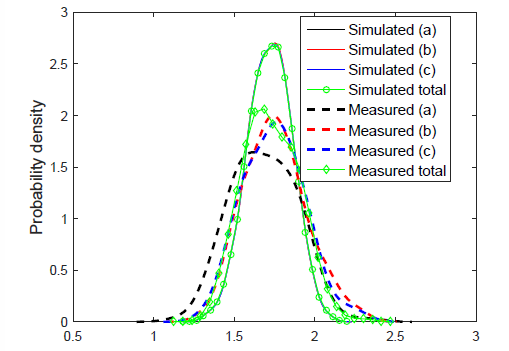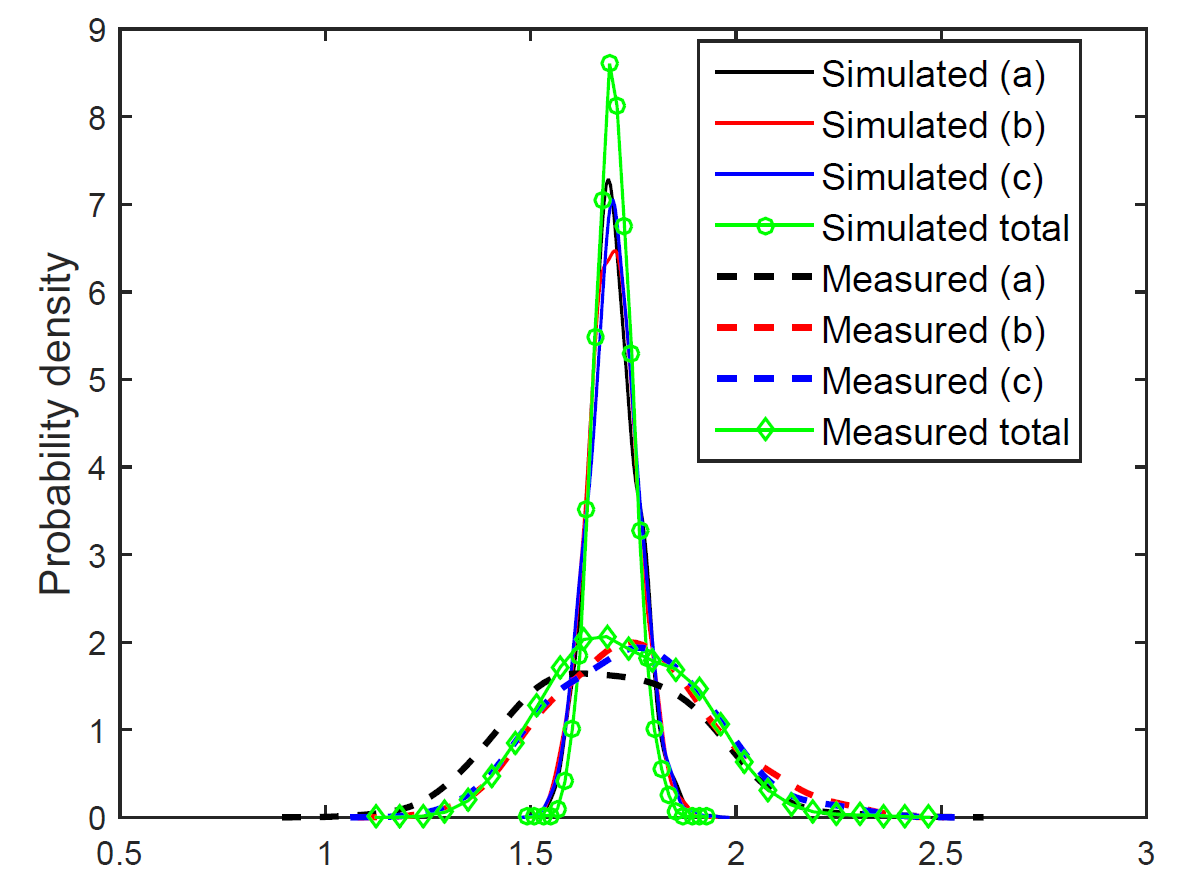Bullshit – don’t fall for it. I’m not infallible. Far from it. Hell, the very definition of my current occupation as a researcher includes trying lots of new things. Of those things, the majority never work out. So, I try…
How to make science less popular
A couple of days ago, Wired ran a piece titled “Civil War’s Winter Soldier Couldn’t Survive This Giant Jump”. As the title suggests, the column mainly revolved around the author taking issue with the with the jump seen at the…
A new angle on phasor analysis
Today, I had an epiphany about something as fundamental as phasor analysis. It was actually something so embarrassingly simple that I had to actually consider if I dare to publish it at all. Well, here we are. Anyway, the following…

Our UFO – how it flies
As you may know, we (as in I and my research group) recently became more active in social media, in order to improve our visibility and thus attract more students into our ranks. As a part of our image crusade,…

The Kaizen principle
If you have ever been on the internet, you may have seen the term Kaizen principle mentioned somewhere. Okay, that’s a bit of an understatement: it’s everywhere. From shady only-there-to-sell-you-something self-help sites to some actually quite good lifestyle sites to…
Reactive power explained
Several of years ago, my then-roommate – a mechanical engineer-in-the-making – asked what the difference between active, reactive and apparent power was. Bear in mind that I was only a bachelor’s student back then. Second year or so. Obviously, I…

Random-wound machines and circulating currents, part 3
How to predict and model circulating currents – a major loss component in random-wound electrical machines.

Random-wound machines and circulating currents, part 2
How to analyse a random winding In my previous post, I introduced to you my latest journal article, and briefly explained the concepts of a random-wound machine and circulating currents. So, if you have yet to read that, I suggest you…

Random-wound machines and circulating currents
How to predict and model circulating currents – a major loss components in random-wound electrical machines

Pareto principle
In my previous post, I wrote about accumulated marginal benefit – how small things do count when there are enough of them. However, it would be negligent of me to not write of the polar opposite: the Pareto principle. Pareto…